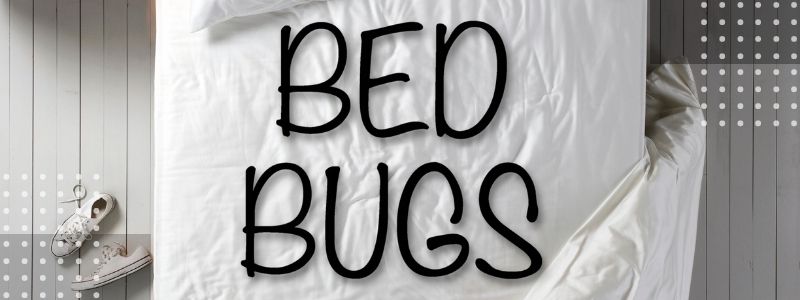
Bed bugs can reproduce at least three times a year and reach full maturity in about a month. Whenever possible, it is best to have bed bug removal performed early in the infestation before it has a chance to escalate. Unfortunately, bed bugs are very small and extremely adept at hiding, so it can be difficult to recognize that you have an infestation, especially in the early stages. It may help if you know exactly what you are looking for.
Where Bed Bugs Typically Hide
Bed bugs are small, round, flat insects. The bodies of adults are about the size and colour of an apple seed, while immature bed bugs, called nymphs, are smaller. They are nocturnal and come out at night to feed on the blood of hosts. They return to their hiding places during the day.
Because they are so small and flat, bed bugs can fit into tiny crevices, no wider than a credit card. However, they like to stay close to the area where their hosts will be for the night so they can get an easy meal. Therefore, you are most likely to find them around your sleeping area, especially cracks in the headboard or bed frame or seams in the mattresses and box spring, such as near the piping or where the tag is sewn on.
Over time, bed bugs tend to spread out to other areas of the room. You may find them in places like these around the bedroom and beyond:
- Under wall hangings or loose wallpaper
- Between cushions or in seams of chairs and couches
- In the folds of curtains
- In electrical appliances or outlets
- In joints of drawers
- On clothes hanging in closets
What Signs To Look For
Bed bug bites are often the earliest signs of an infestation. However, these may not be reliable indicators because they are mistaken for the bites of mosquitos or other insects.
You may actually smell an infestation before you see any visible signs of it. Bed bugs have scent glands that produce an unpleasant, musty odour. While a search of their favourite hiding places may turn up some actual bed bugs, you may be more likely to find blood spots on pillowcases and sheets from their bites or dark spots from their excrement. These often look as though they were made with a marker because they bleed into the fabric surrounding them. Sometimes the bed bugs get crushed in the sheets or between the mattresses, in which case you may find larger reddish or rusty stains.
As they grow, bed bug nymphs shed their skins several times before they reach maturity. You may find the shed skins left behind. You may also find bed bug eggs or eggshells after they hatch. However, these are harder to see than bed bug spots and stains. Shed skins are pale yellow in colour instead of red or brown, and the eggs are only about a millimetre long, about the size of a relatively large speck of dust.
What To Do About Bed Bug Removal
Many people mistakenly think that bed bugs indicate a lack of cleanliness. That is not true. Bed bugs only feed on blood and so can live wherever there are people and pets to feed on, no matter how dirty or clean it is. While a bed bug infestation can be upsetting, try not to panic. Though the bites are annoying, bed bugs do not carry disease, and you are not in any immediate danger from the bites.
With that said, you shouldn’t be complacent about bed bugs either. Bed bugs multiply quickly, meaning you need to act fast to take care of the infestation.
Call Truly Nolen for pest control in Markham. Our technicians deliver short-term solutions and formulate long-term solutions to help prevent bed bugs and other pests from coming back.